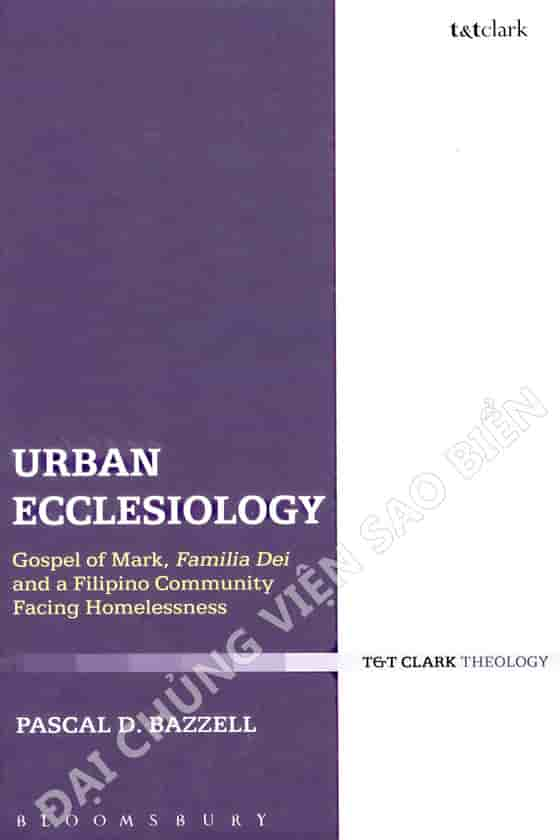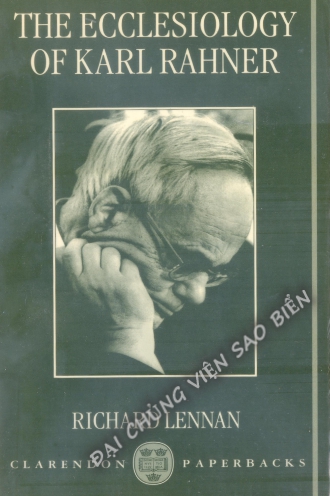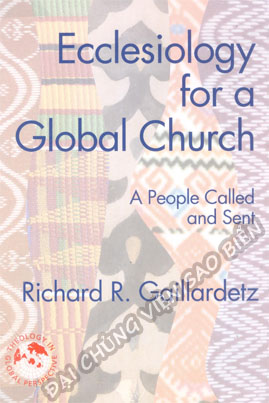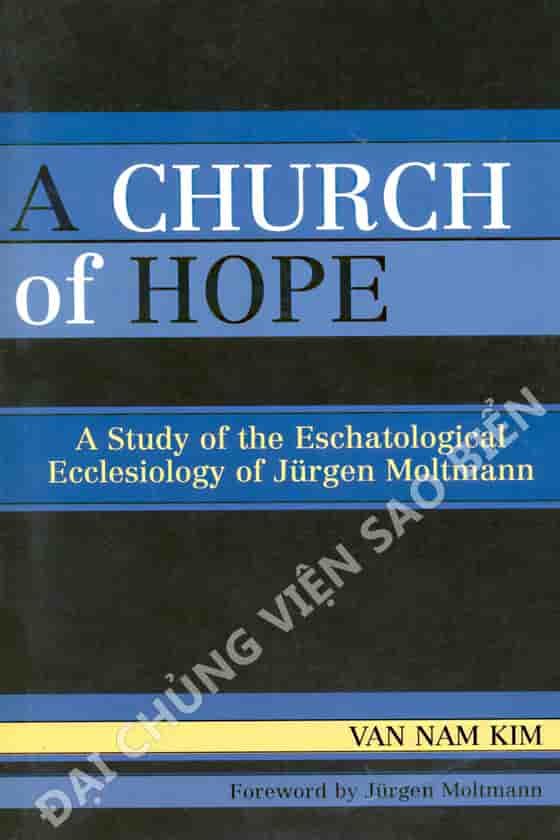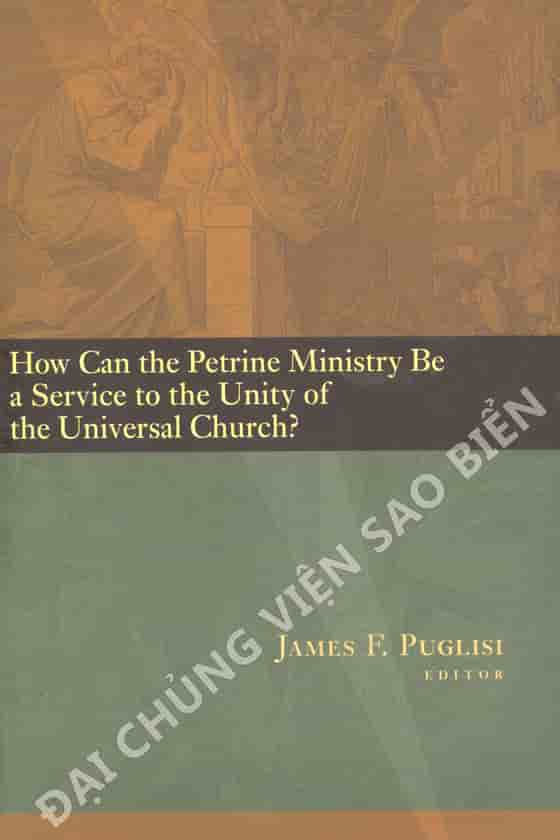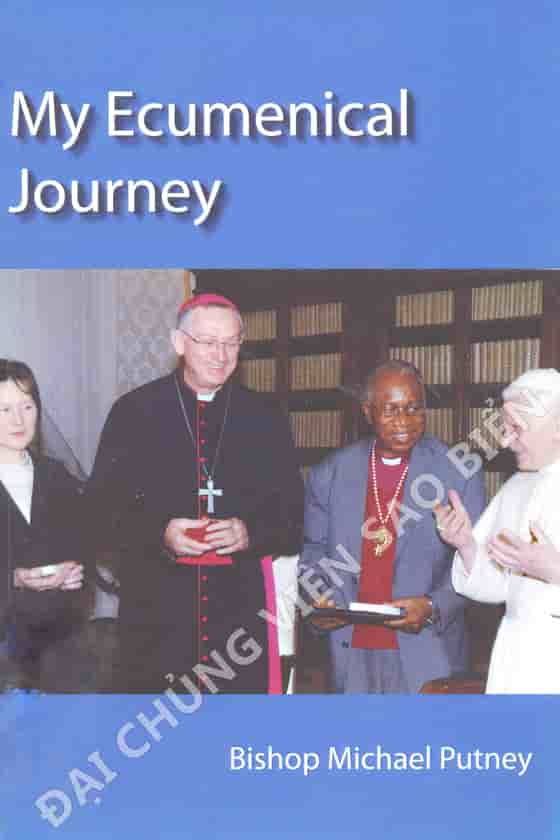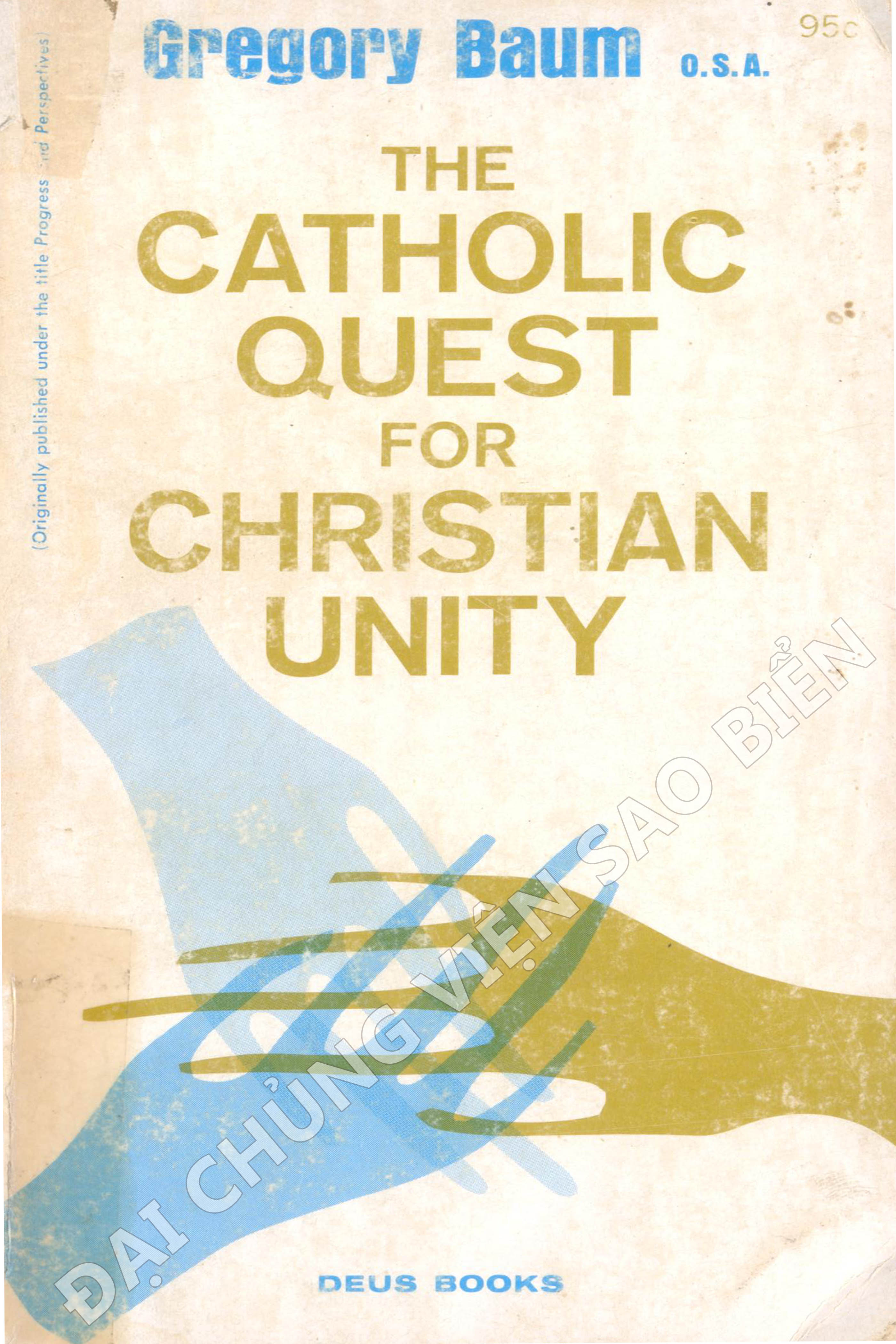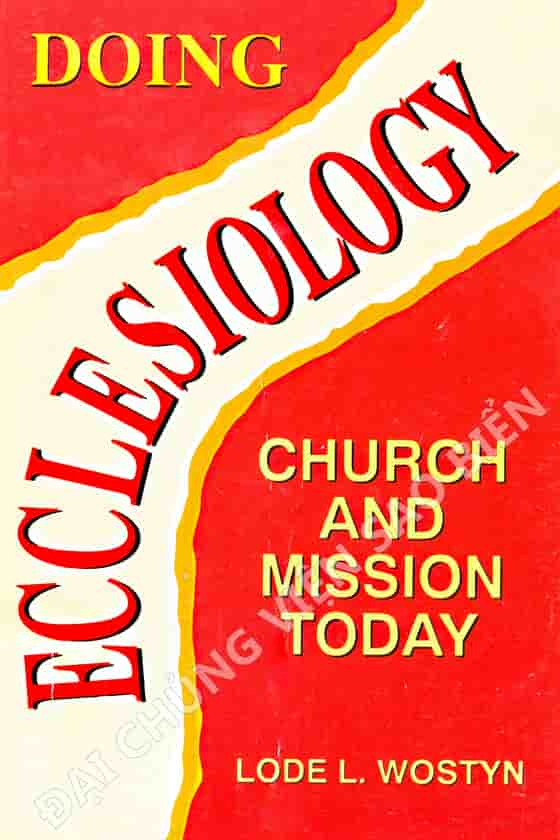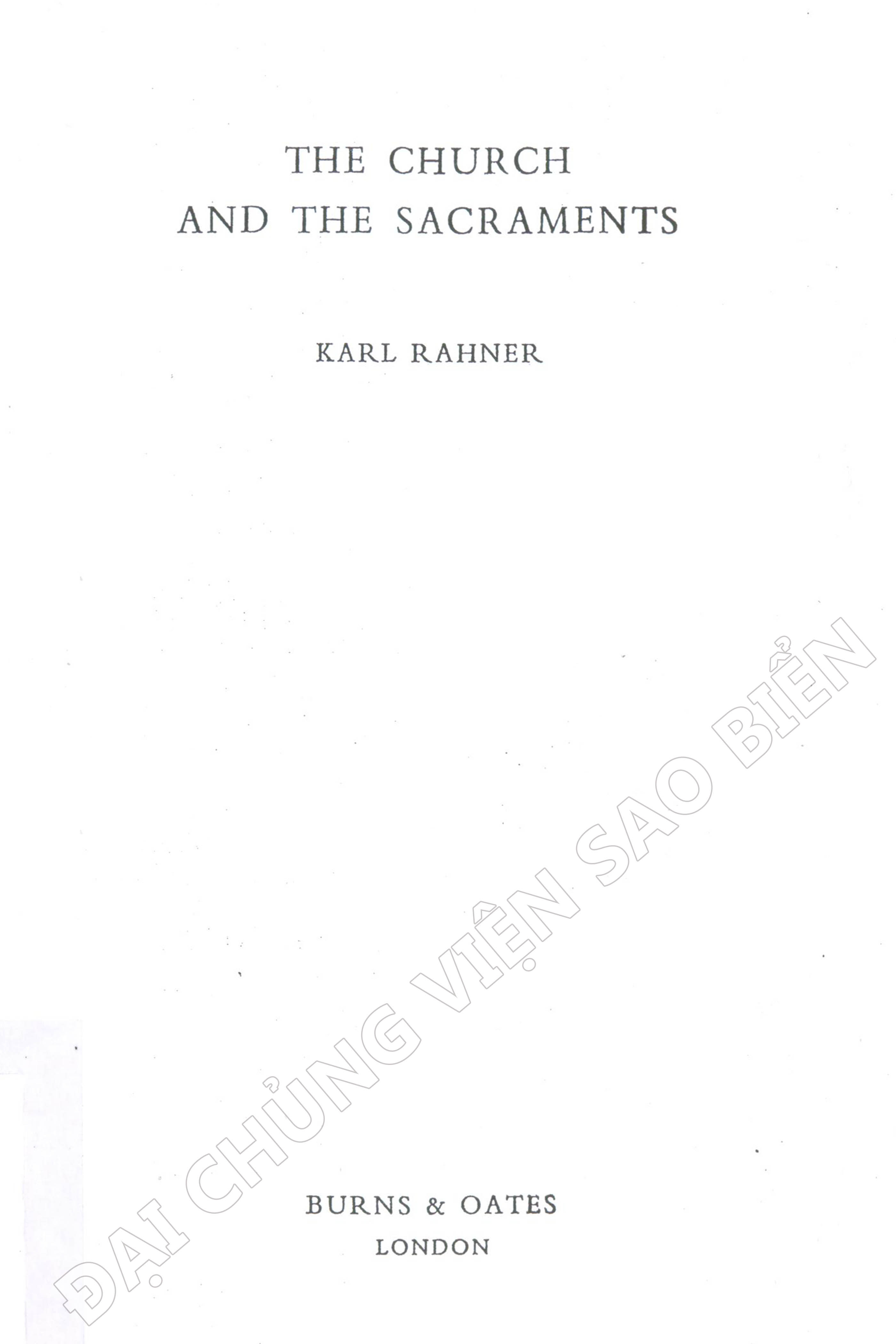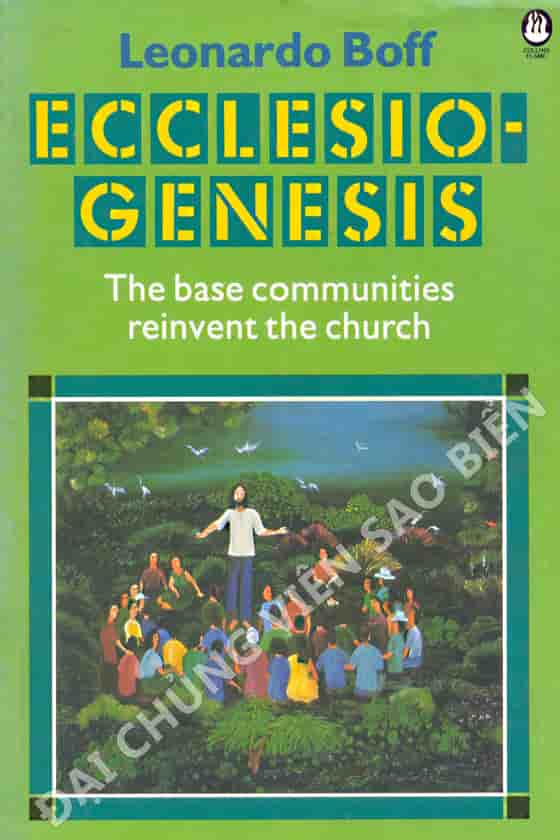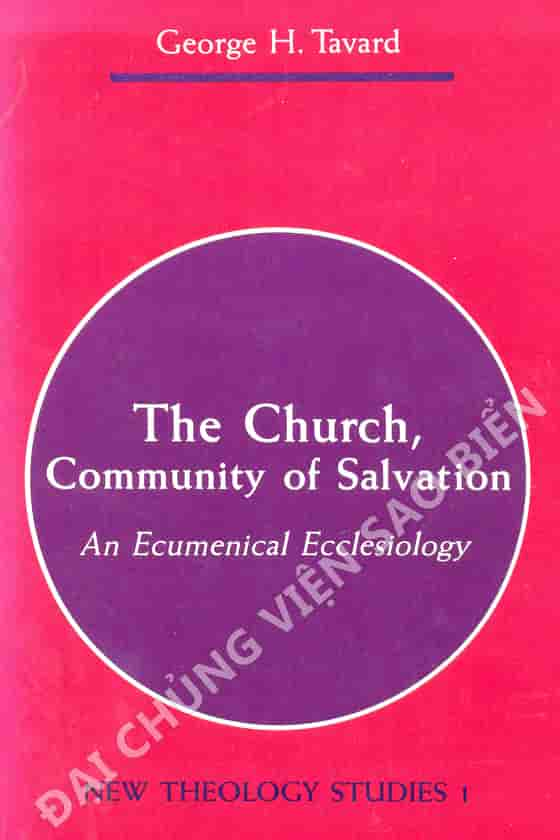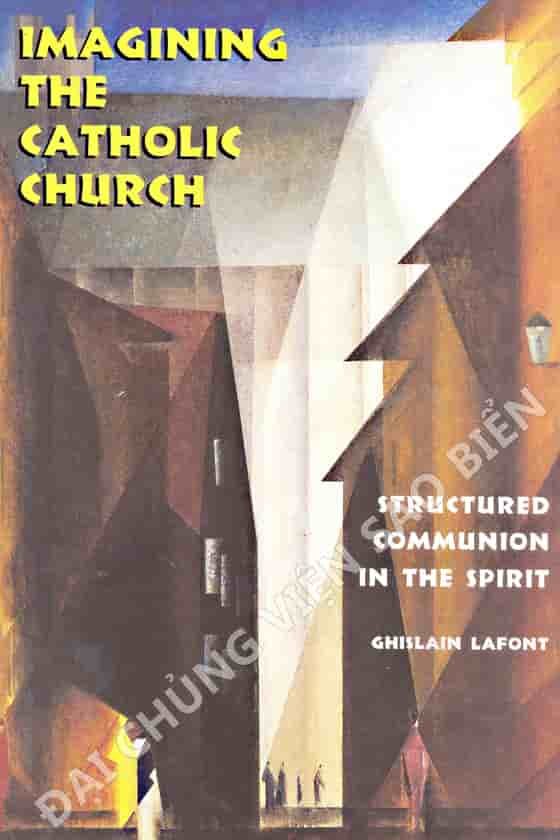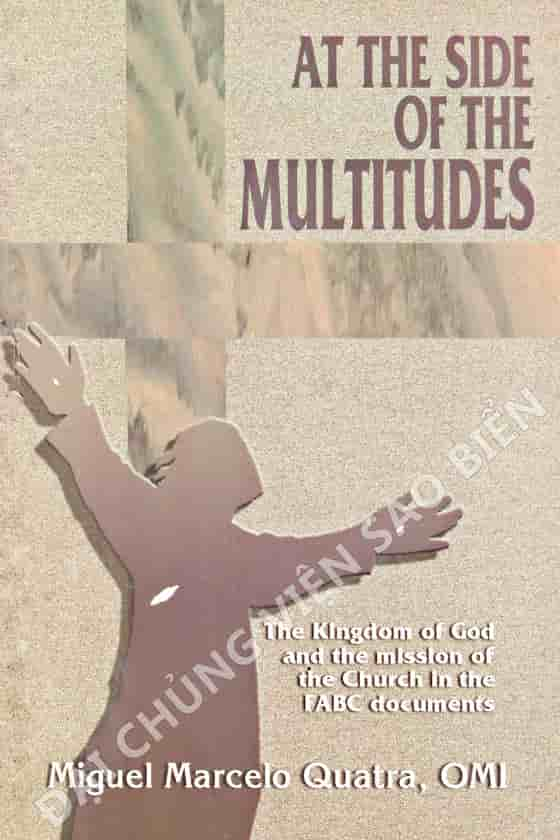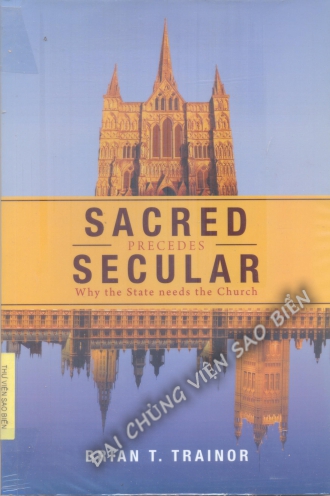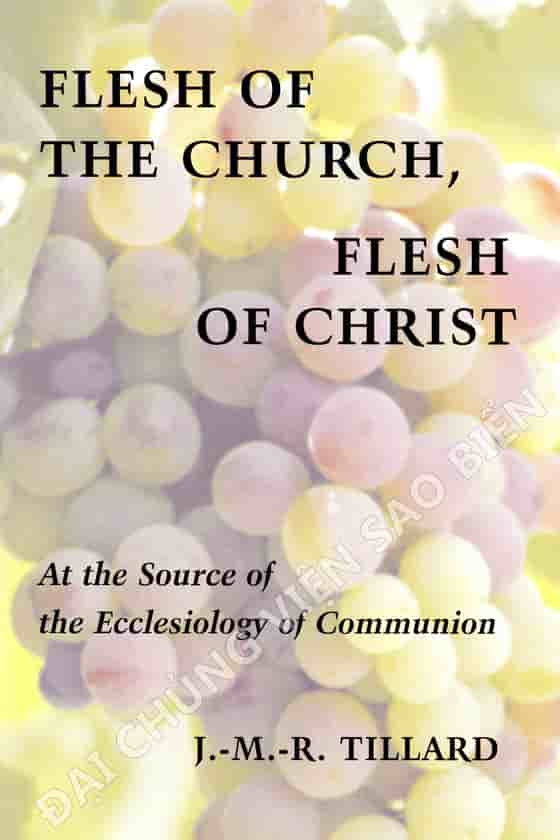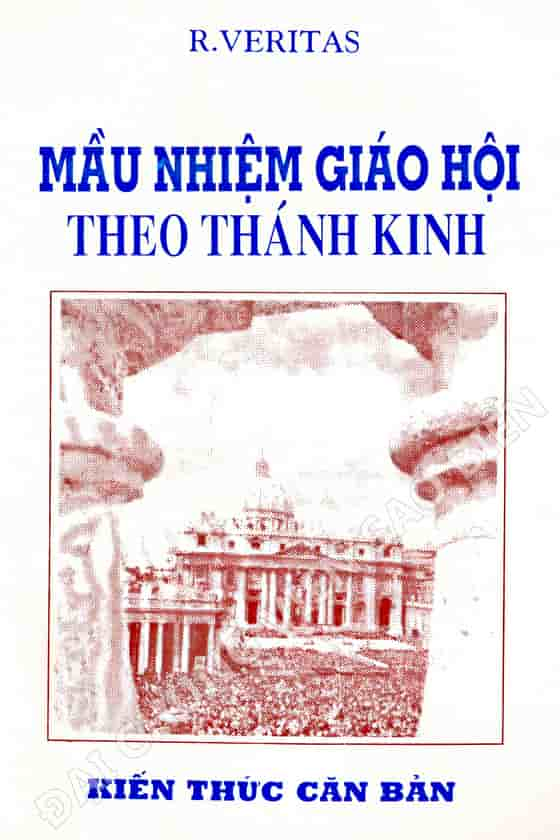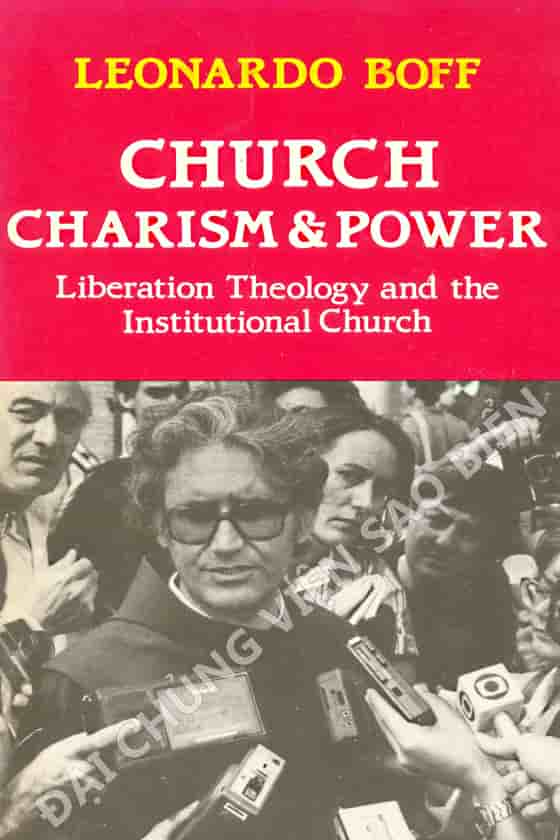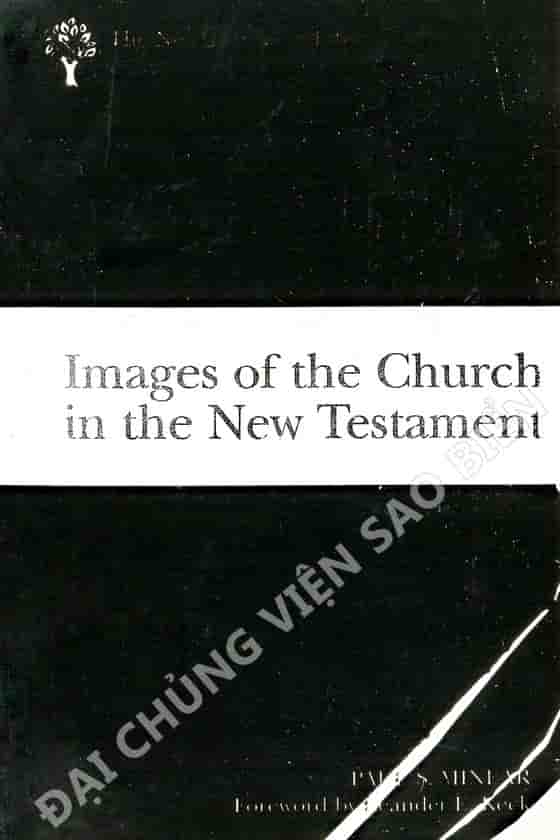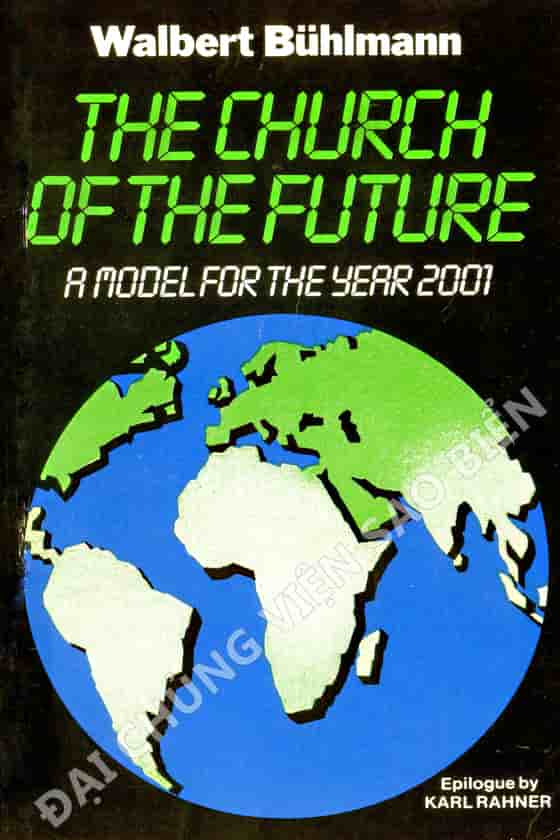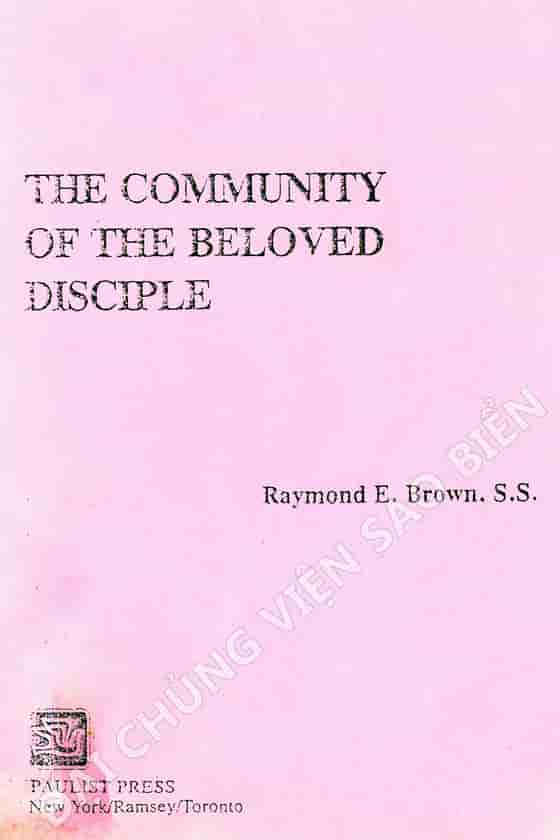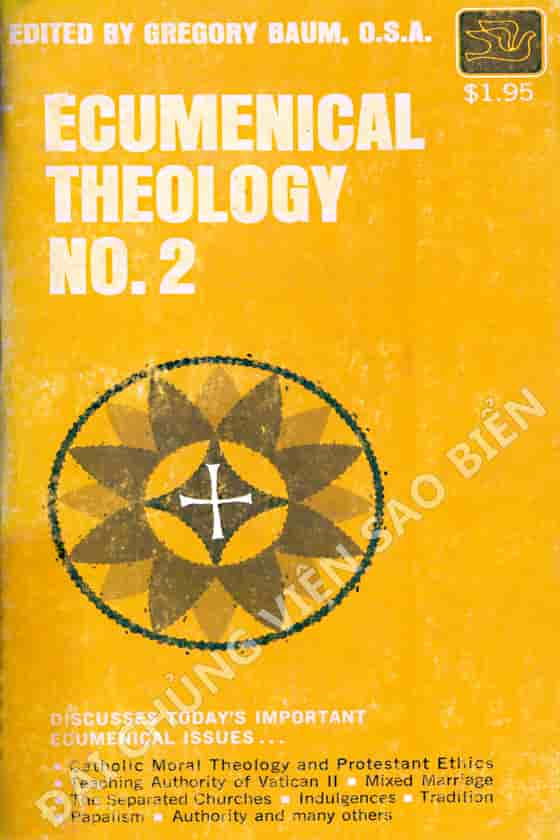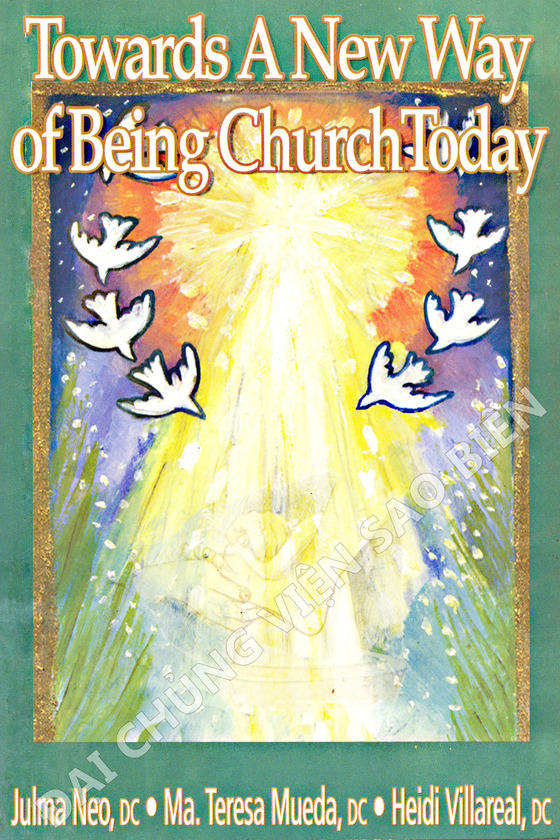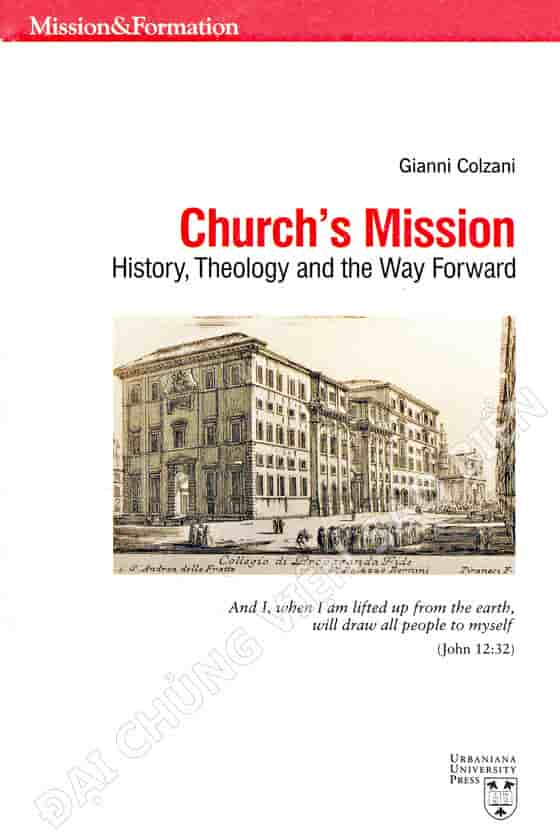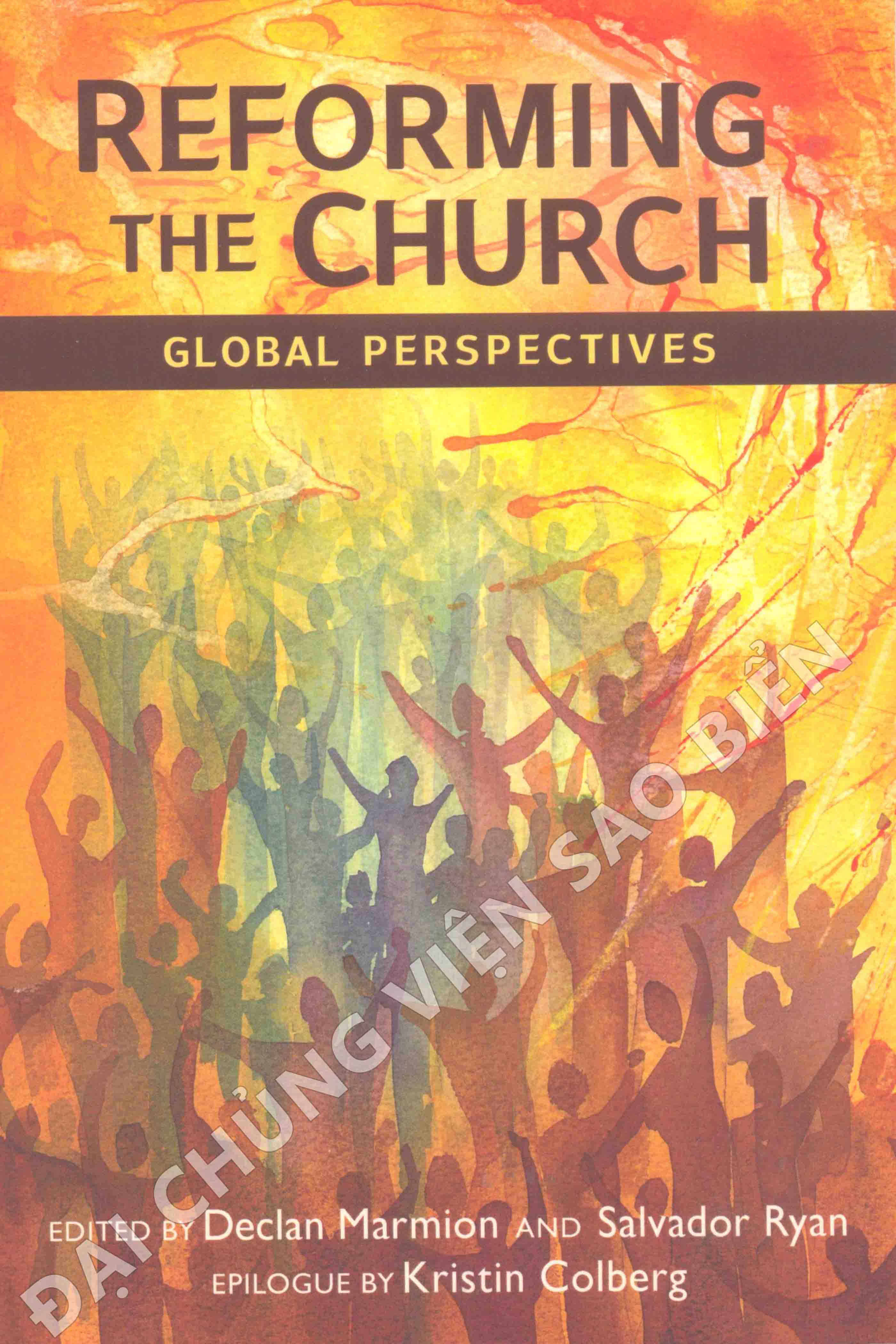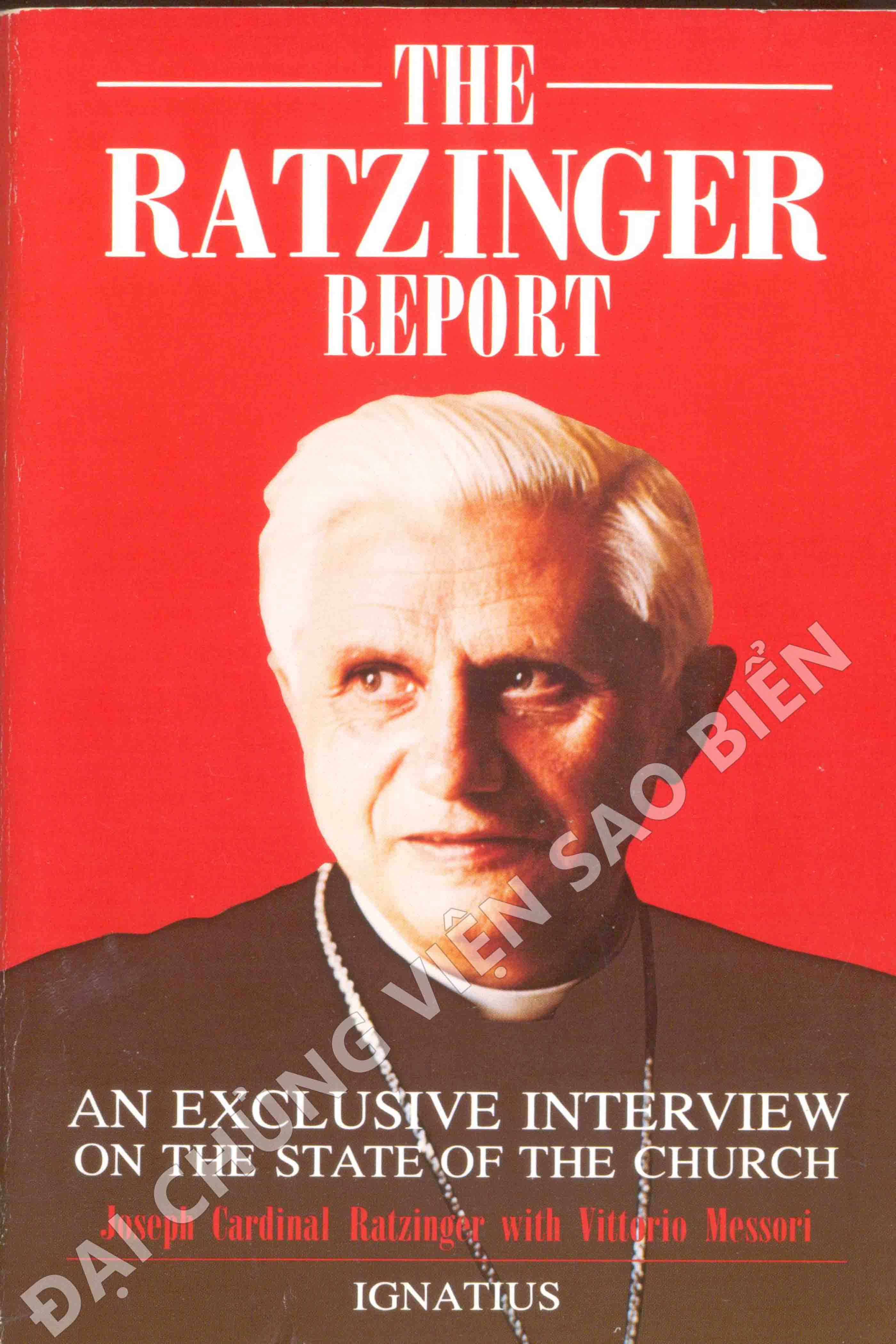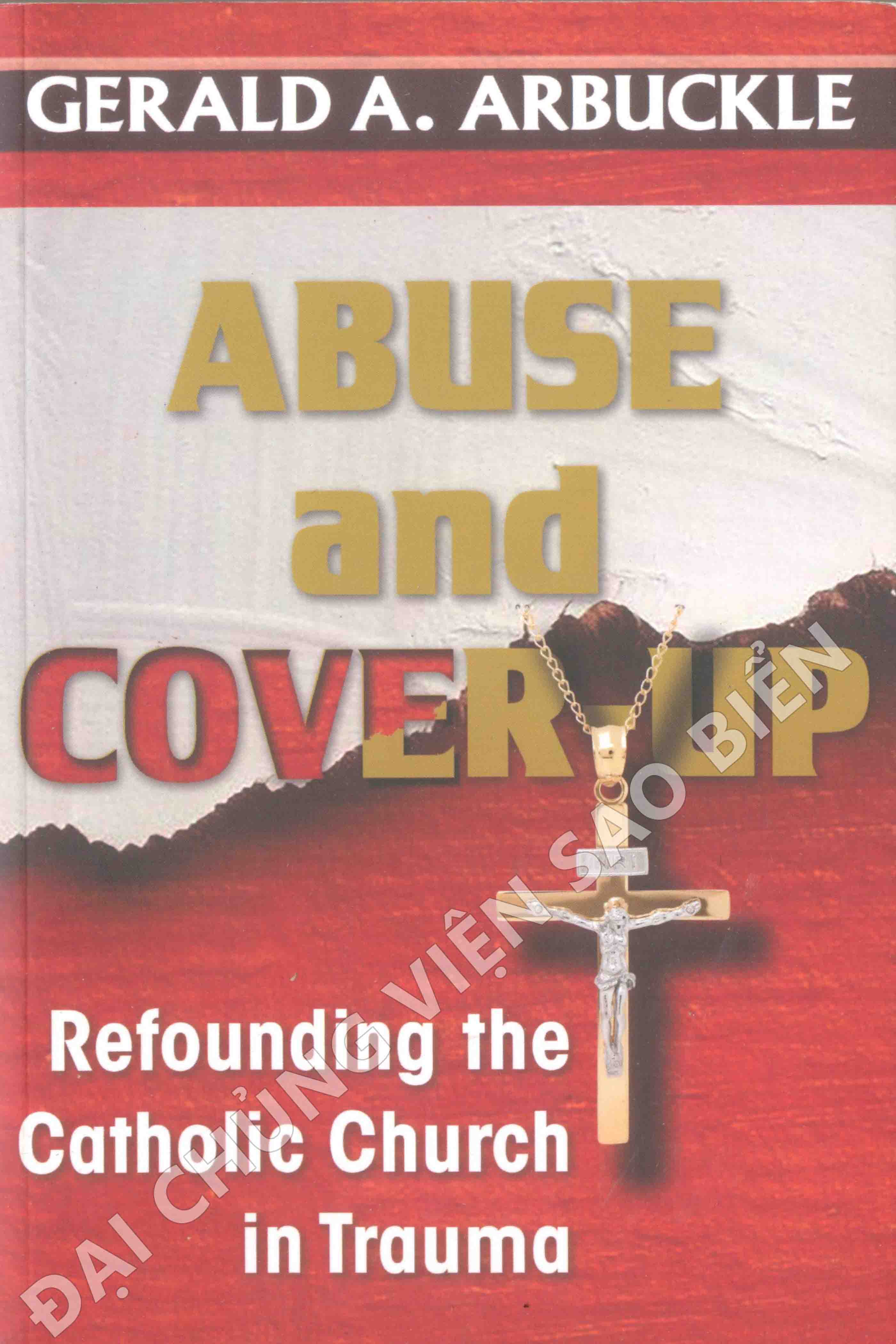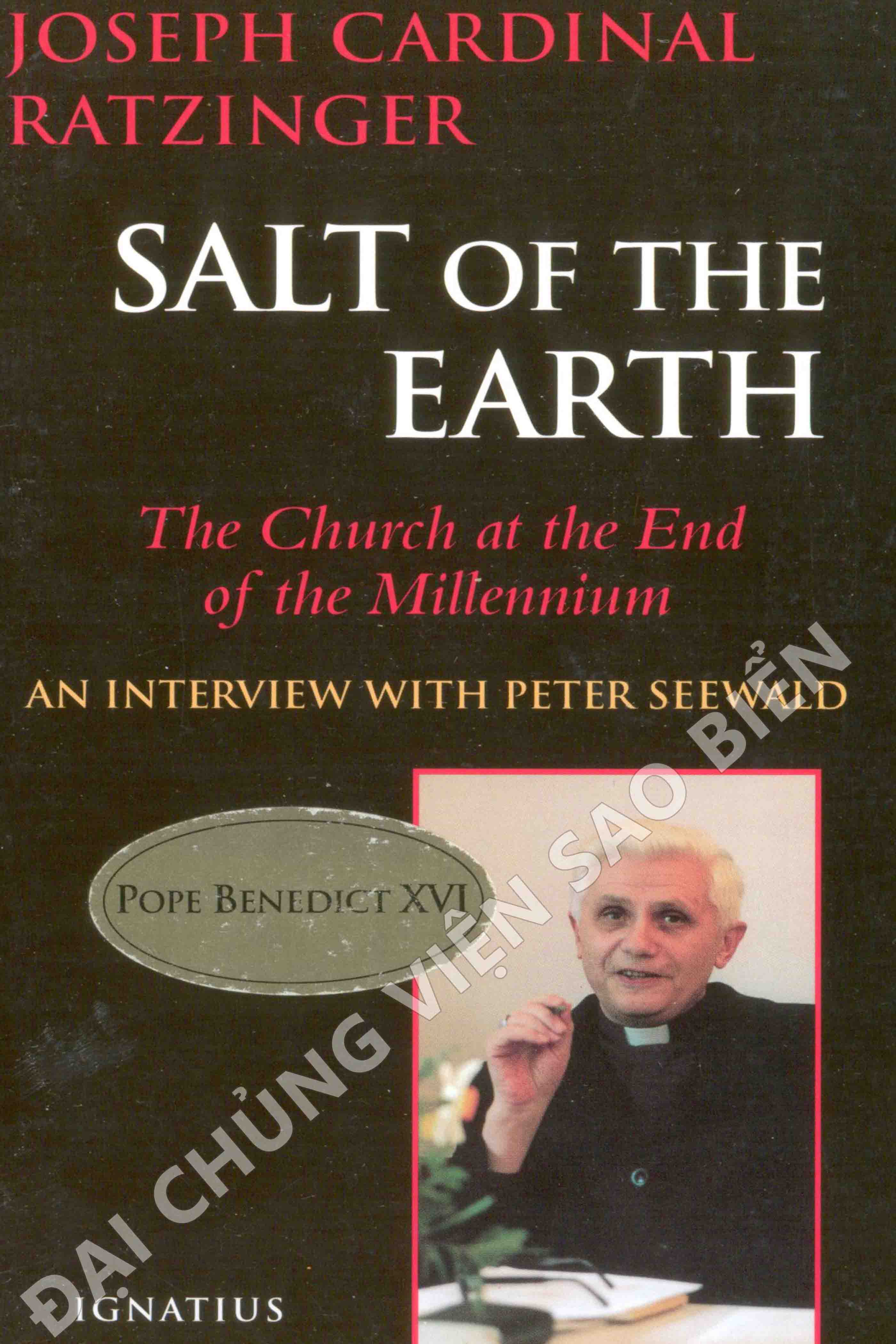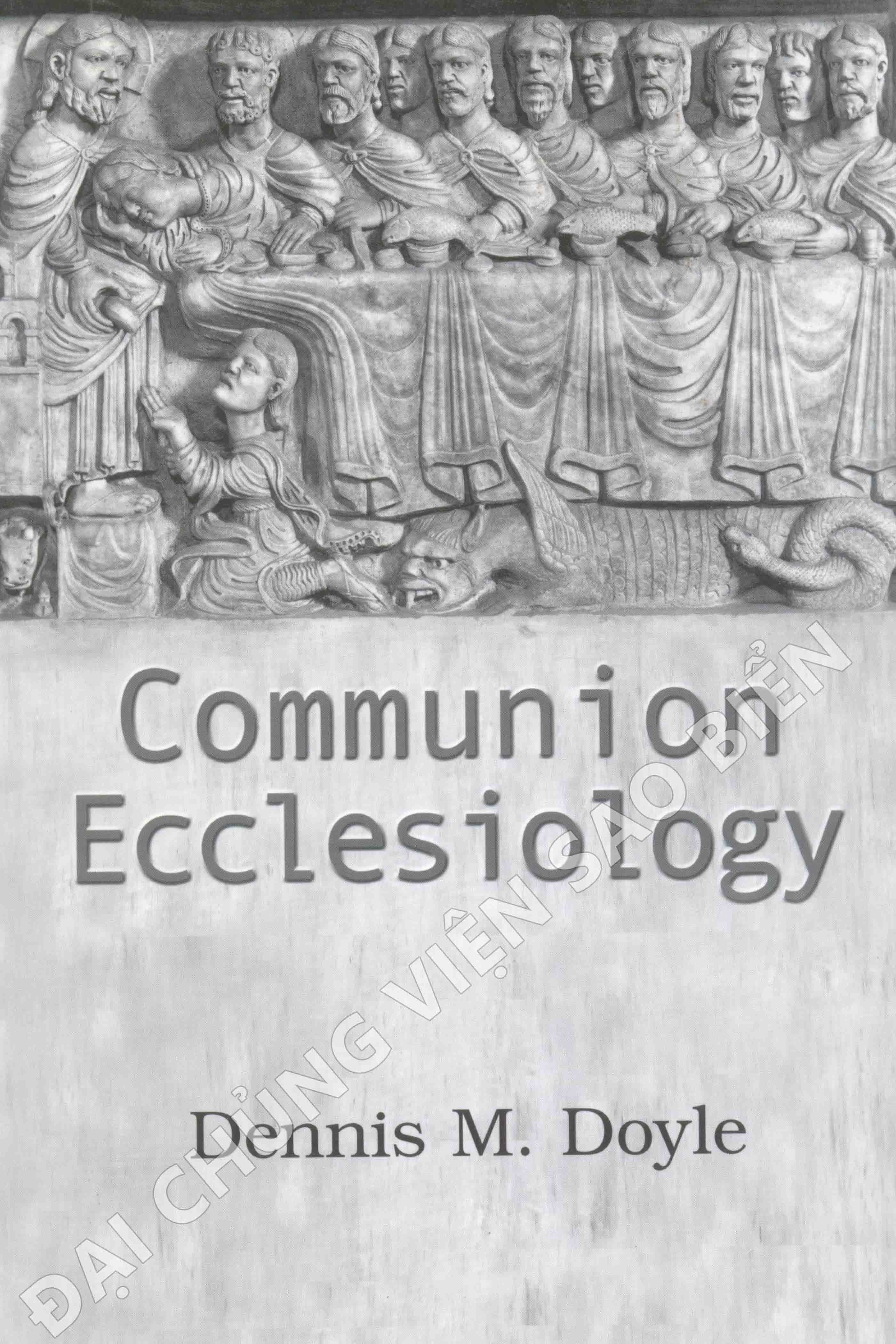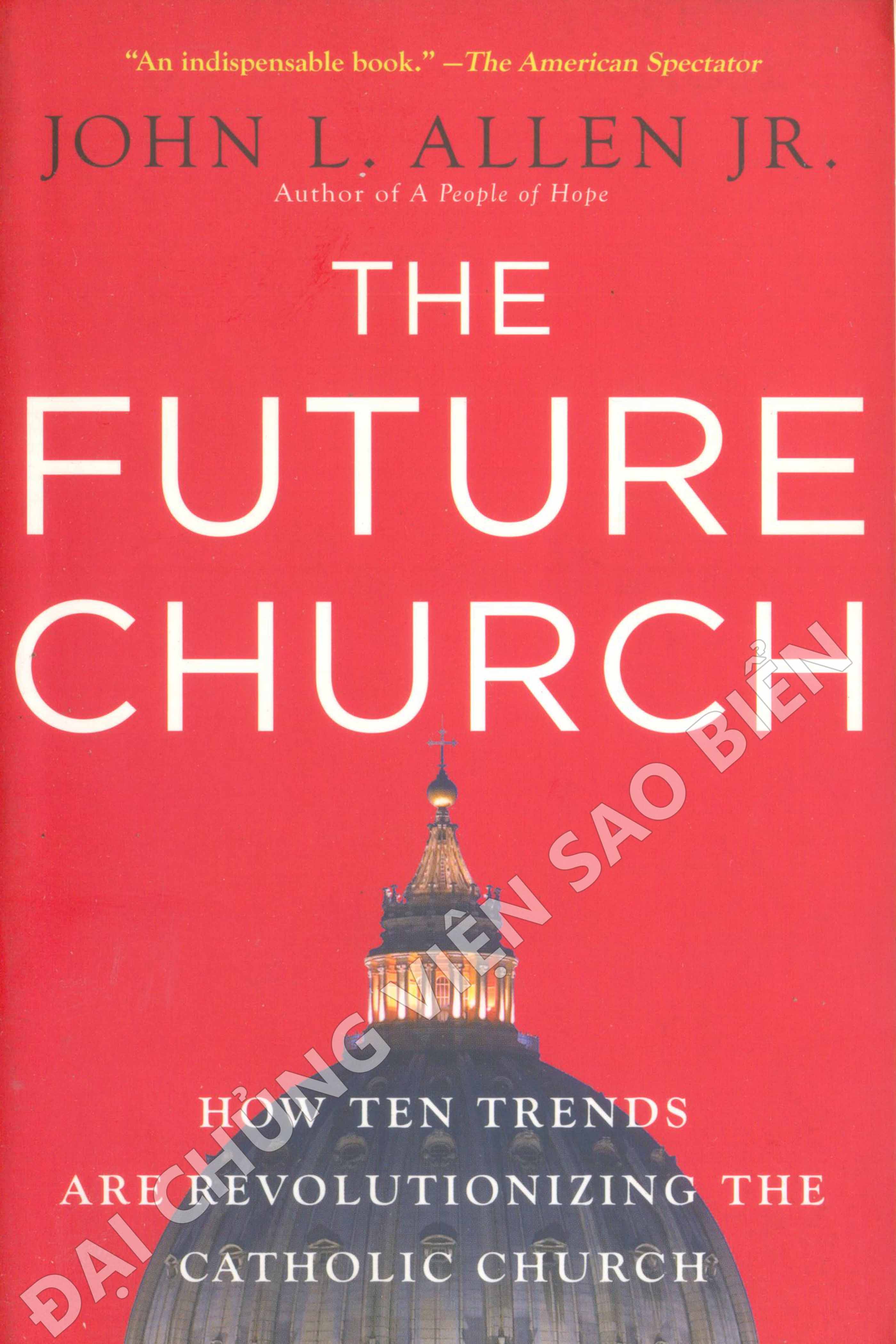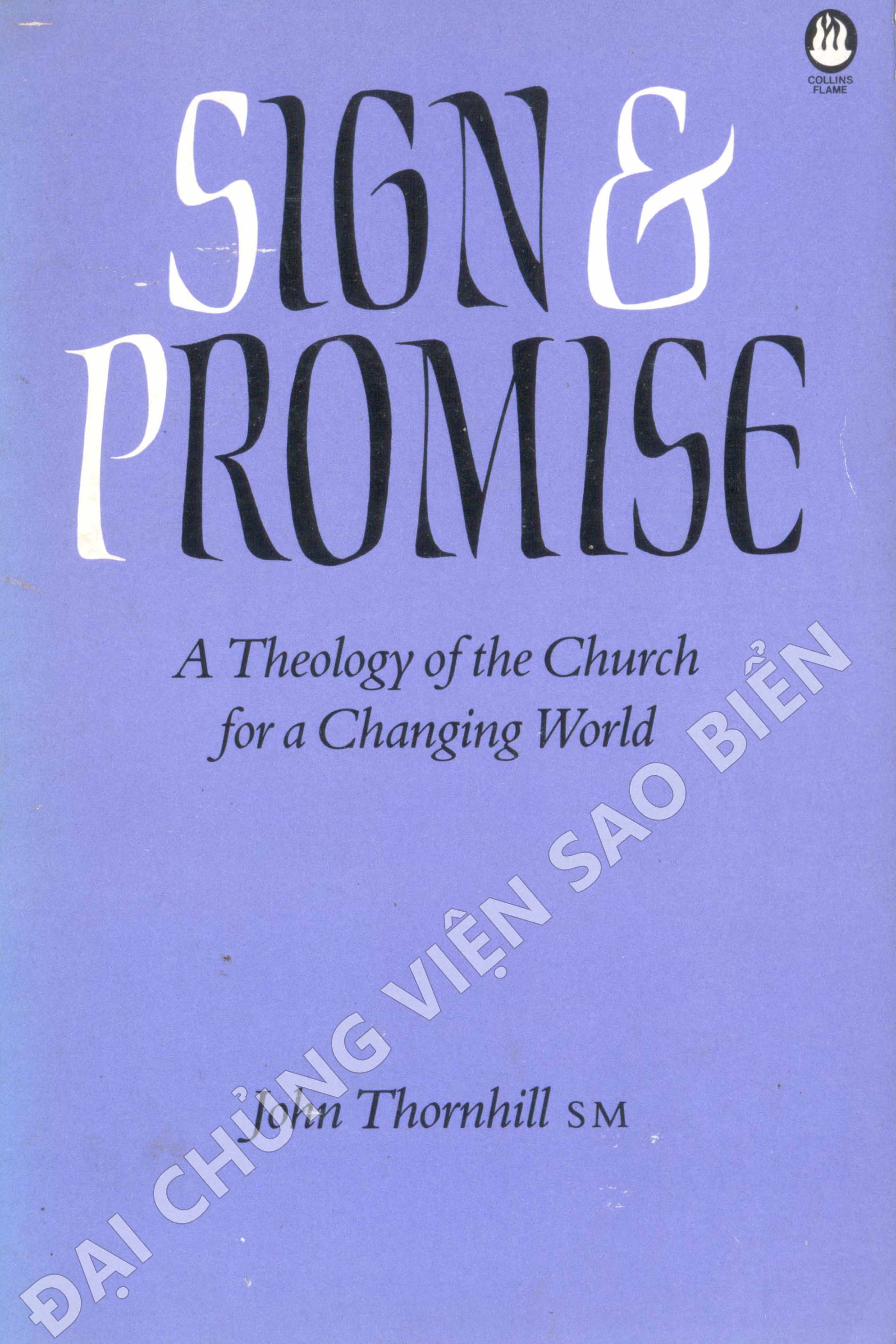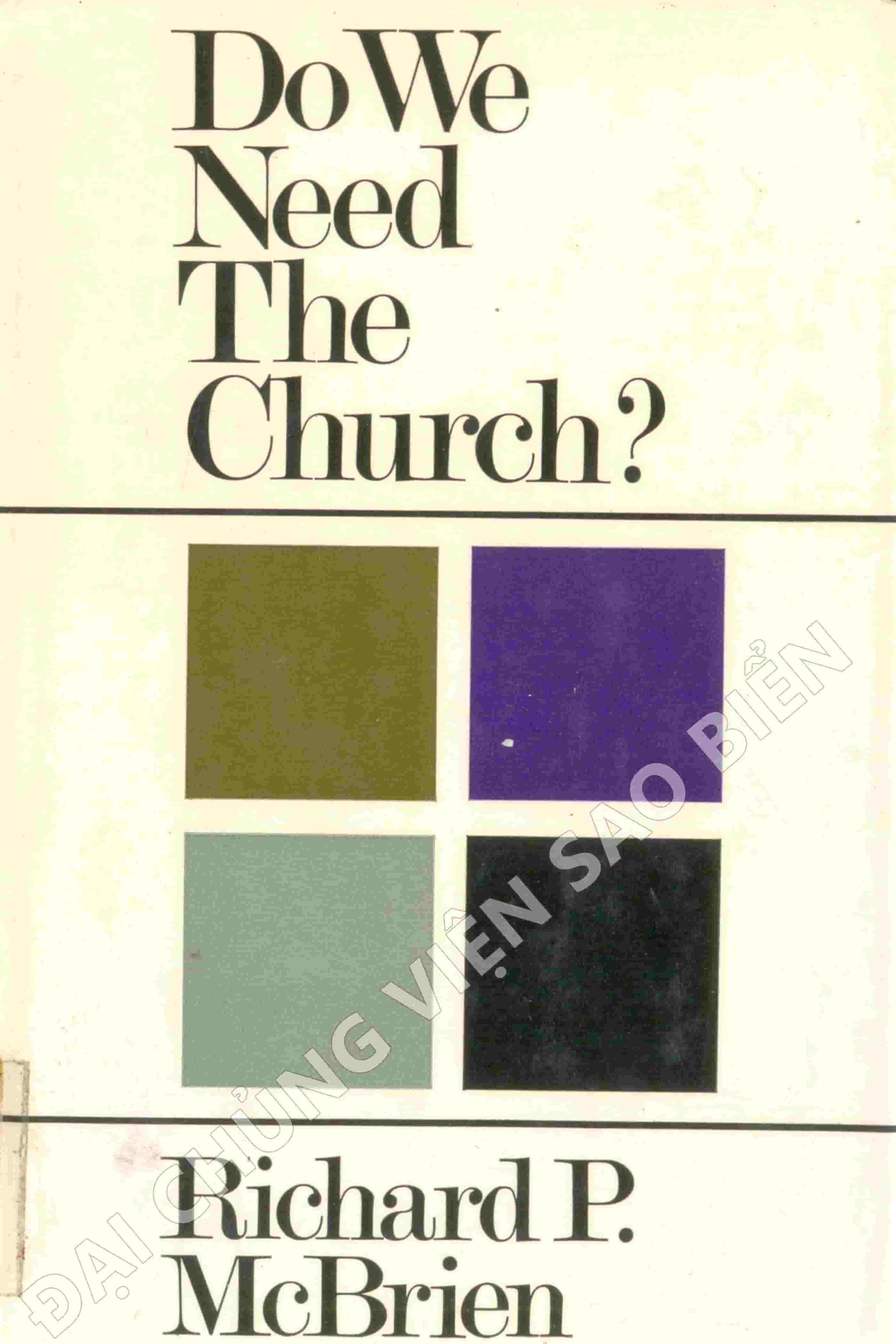| URBAN ECCLESIOLOGY |
|
| Chapter 1 BEING CHURCH AMONG THE HOMELESS |
1 |
| I. Ecclesiology of the Marginalized |
3 |
| II. Contours of the Research Project |
8 |
| III. Paradigms for Serving the Homeless Populations |
14 |
| IV. Advocacy for an Ecclesial-oriented Paradigm |
18 |
| V. Structural Overview of this Study |
22 |
| Chapter 2 THEORETICAL AND METHODOLOGICAL PROLEGOMENA |
25 |
| I. Towards a Correlation between Ideal and Local Ecclesiology |
26 |
| II.Towards a Method for Ecclesiology Applied in Local Contexts |
29 |
| (a) My Role: An Insider and/or Outsider Perspective |
33 |
| (b) Methodology for Doing Qualitative Research |
35 |
| (c) Methodology for Doing Ecclesial Theology |
42 |
| Chapter 3 ECCLESIALITY AND LOCALITY OF THE CHURCH |
47 |
| I.Indispensable Ecclesial Contours |
48 |
| (a) The Church's Relation to Israel |
49 |
| (b) Biblical Images of the Church |
50 |
| (c) Ecumenical Conditions of Ecclesiality: 'Ecclesial Fruitfulness' |
51 |
| (d) The Attributes of Being Church |
55 |
| (e) The Intersecting Nature and Mission of the Church |
63 |
| (f) The Place of the Church: ubi Christus, ibi Ecclesia |
67 |
| II. Criteria Towards Ecclesiality in a Local Ecclesiology |
70 |
| Chapter 4 TOWARDS NAMING THE CONTEXT |
73 |
| I. Colonial Historical Ethnography of the Philippines - A History of Struggle |
75 |
| II. Arriving in Pava A Tale of a Two-sided City |
79 |
| (a) Reague for Living in the Park |
83 |
| (b) The Price of Living in the Park |
86 |
| III. Kinship and the Social Order: The Social Ties that Bind |
87 |
| (a) Rituals and Social Order |
90 |
| IV. A Community's Communication Procen and Leadership Within and Without |
96 |
| V. The Economic Dimension |
100 |
| VV. Community Relationships, Within and Without |
102 |
| (a) Codes of Conduct and Morality |
104 |
| (b) Perceptions of the Other |
106 |
| (c) Self perception |
107 |
| VII. Religious Institutions, Inclinations and Indigenous Beliefs |
111 |
| VII. A Community's Description Shaping the Ecclesial Narrative |
113 |
| Chapter 5 A CONTEXTUAL AND INTERDISCIPLINARY READING OF MARK'S GOSPEL |
114 |
| L Doing Ecdesial Theology with the FECH: Hermeneutical Reflections |
115 |
| (a) Why Should there be Local Theologies? |
115 |
| (b) Where and When Does Local Theology Happen? |
116 |
| (c) Who Does Local Theologies! |
119 |
| (d) How Do People Do Local Theology? |
121 |
| II.Why the Gospel of Mark? |
123 |
| III. Reading Mark's Gospel: Hermeneutical Insights from the FECH |
124 |
| (a) Mark in Light of Family-centredness |
128 |
| (b) Mark in Light of Turning Shame into Honour |
139 |
| (c) Mark in Light of the Supernatural World Impacting the Empirical World |
143 |
| IV. Learning from the Theological Motifs of the FECH |
145 |
| Chapter 6 TOWARDS A FAMILIA DEI ECCLESIOLOGY |
146 |
| 1. A Local Ecclesial Theology of the FECH |
146 |
| (a) Contextual Challenges |
147 |
| (b) Theological Criteria |
172 |
| II. Ecclesiology as Contextual Theology |
172 |
| (a) Re-reading Ecclesiality in Light of the FECH's Narrative |
175 |
| (b) Re-reading the Attributes in Light of the FECH's Narrative |
177 |
| (c) Re-reading the Notae Externae in Light of the FECH's Narrative |
181 |
| Chapter 7 A CHURCH IN THE 'FILIPINO' CO |
182 |
| I. Contemporary Paradigms in Urban Mission |
184 |
| II. Embodied Ecclesiology in a Local Context: Ramifications |
185 |
| (a) Local Ecclesiological Methodology Revisited |
186 |
| (b) Ecclesiality in the Locality of the Church Revisited |
187 |
| (c) Familia Dei Revisited |
190 |
| (d) Ecclesial Narratives Contribution to Intercultural Theology |
195 |
| III. Conclusion: The Homeless Jesus |
197 |
| Appendix A: Participant Summary |
201 |
| Appendix B: Semi-structured Interview Guide |
203 |
| Appendix C: Truncated Interview Data |
227 |
| Bibliography |
245 |
| Index |
|
